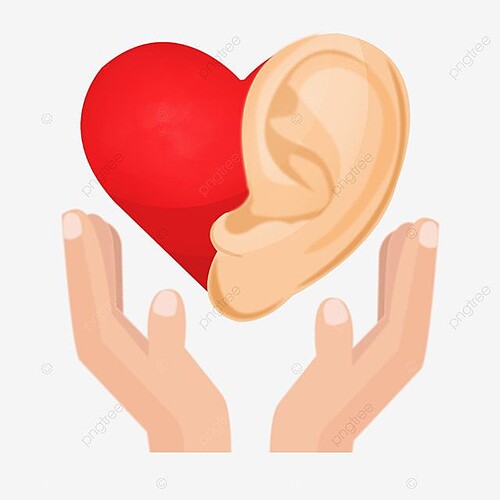The Importance of Music for Children Who Are Deaf and Hard of Hearing :
Music is a universal language that speaks to all humans. Regardless of gender, age or culture, we are hardwired to respond. The natural rhythms intrinsic to music compels us to dance, tap our feet or sing along.
These involuntary responses manifest even among those who are deaf and hard of hearing.
The natural rhythms intrinsic to music compels us to dance, tap our feet or sing along.
These involuntary responses manifest even among those who are deaf and hard of hearing.
The benefits of music education extend well beyond simple entertainment.
Music is a language, and one it help students who are deaf and hard of hearing become fluent. Doing so opens up an entire world of communication.
• How can parents Incorporate Music into their child’s daily Curriculum :
✓ Music carries a host of benefits –
From relaxation to fun to exercise (especially when dancing).
These benefits emerge naturally, without any guidance. As such, daily exposure to music is an automatic plus.
✓ One can use music to help students who are deaf and hard of hearing master critical thinking and language development skills.
✓ In fact, the area of the brain responsible for interpreting music overlaps with the area responsible for language acquisition.
• Below are the 5 core pillars of a music curriculum :
- Listening :
✓ Many of the students wear hearing aids – an assistive technology that helps to amplify sound.
✓ But even in the most severe cases of hearing loss, cochlear implants can help capture audio signals sending information directly to the brain for processing and allowing students to better understand the world around them.
✓ As such, listening forms a fundamental component of the music education. One can teach the students to actively hear the words, rhythms, melodies and patterns.
✓ One can also train them in the importance of listening to each other.
- Speech
✓ Another important aspect of the nusic curriculum involves speech recognition and control. For this, one can focus on:
Voice quality and timbre
Breathing and articulation
Pitch and volume
Rhythm and tempo
✓ All of these above mentioned points are vital skills that allow the child to communicate more confidently with others – via the spoken word.
- Language
✓ The songs one can choose should be directly related to whatever subject matter the child is studying at that very moment.
✓ This selection makes the material both topical and relevant.
✓ However, one can also dissect, repeat and interpret song lyrics throughout the program.
✓ Focusing on the underlying language greatly facilitates and complements other aspects of learning – like reading, writing and speaking.
- Thinking
✓ There’s a reason why most children in the English-speaking world learn the same nursery rhymes.
✓ Repetition of familiar songs helps with audio recall, memory and cognitive development.
• Parents can take this repetition to the next level :
✓ Not only can they revisit the same songs again and again, but they can also repeat key patterns and verses as well :
° Like any language, music follows a well-defined structure with its own syntax and grammar.
° And repetition helps familiarise the child with the underlying rules so that they become fluent in this universal, natural language.
- Music
✓ The final component of the curriculum can involve dancing and actually making music – whether with instruments or voice.
✓ The child is actively learning throughout the entire process. But movement, dance and song all help to make the experience more enjoyable for everyone.
✓ This involvement also offers opportunities for creative expression, which is yet another benefit of making music.

